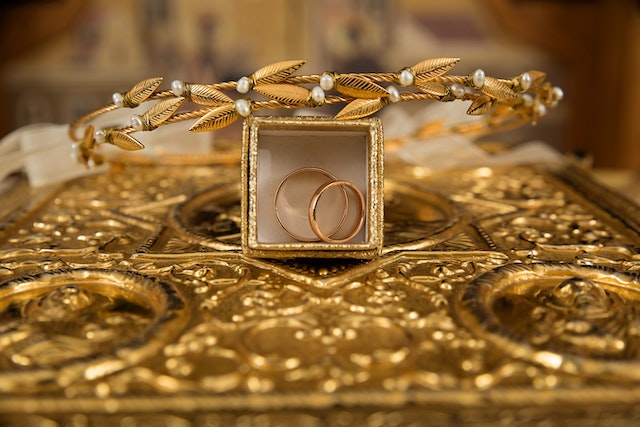Jewelry, with its shimmering beauty and timeless appeal, has been a cherished form of adornment throughout human history. From ancient civilizations to modern times, jewelry has held great cultural, symbolic, and personal significance. Join us as we embark on a fascinating journey through the captivating Jewelry history of jewelry, exploring its origins, evolution, and the profound impact it has had on human culture and self-expression.
Ancient Beginnings: The story of jewelry begins in the ancient world, where humans first adorned themselves with natural materials like shells, bones, and stones. Archaeological finds from ancient civilizations such as Egypt, Mesopotamia, and the Indus Valley reveal the early mastery of jewelry craftsmanship. These ancient adornments held deep religious, social, and cultural significance, serving as symbols of power, protection, and status.
Symbolism and Beliefs: Jewelry has always been closely intertwined with symbolism and beliefs. Across different cultures and time periods, jewelry has represented fertility, spirituality, protection, and social hierarchy. From the scarab beetle in ancient Egypt symbolizing rebirth, to the cross in Christianity signifying faith, jewelry has served as a tangible expression of deeply held beliefs and values.
Precious Metals and Gemstones: As civilizations progressed, the discovery and mastery of precious metals, such as gold and silver, elevated jewelry to new levels of sophistication. These lustrous metals became symbols of wealth and power. The use of gemstones added a touch of beauty and vibrancy to jewelry, with diamonds, emeralds, rubies, and sapphires captivating hearts and minds with their radiant colours and exceptional rarity.
Cultural Influences: Jewelry styles and designs have been greatly influenced by the cultures and regions in which they originated. From the intricate filigree work of the Greeks to the grandeur of Roman jewelry, each civilization contributed its unique aesthetic. The Byzantine Empire showcased ornate gold jewelry adorned with pearls and precious stones, while Islamic jewelry exhibited intricate geometric patterns and intricate enamelwork.
Renaissance and Artistic Revival: The Renaissance period marked a rebirth of interest in classical art and culture, which profoundly influenced jewelry design. The era saw a resurgence of elaborate, intricate pieces featuring gemstones, pearls, and enamelwork. The baroque period introduced a more dramatic and opulent style, embracing large gemstones, rich colours, and intricate metalwork.
Art Nouveau and Art Deco: The late 19th and early 20th centuries witnessed the emergence of two influential art movements that left an indelible mark on jewelry design. Art Nouveau celebrated nature-inspired motifs, flowing lines, and the use of unconventional materials. Art Deco, on the other hand, embraced geometric shapes, bold colours, and a streamlined aesthetic influenced by the machine age. Both movements brought fresh perspectives and innovative designs to the world of jewelry.
Modern Expressions: In the modern era, jewelry design has become even more diverse and personal. Contemporary designers explore a wide range of materials, techniques, and aesthetics, allowing for individual expression and creativity. Minimalist designs, statement pieces, and the revival of vintage styles all find their place in the world of modern jewelry, reflecting the ever-changing tastes and preferences of individuals.
Conclusion: The history of jewelry is a captivating tale of human creativity, cultural expressions, and personal adornment. From ancient amulets to contemporary masterpieces, jewelry continues to inspire, delight, and symbolize our values, beliefs, and aspirations. As we appreciate the beauty and craftsmanship of jewelry through the ages, let us recognize the enduring allure of these precious adornments and the profound impact they have had on our lives and cultures.
